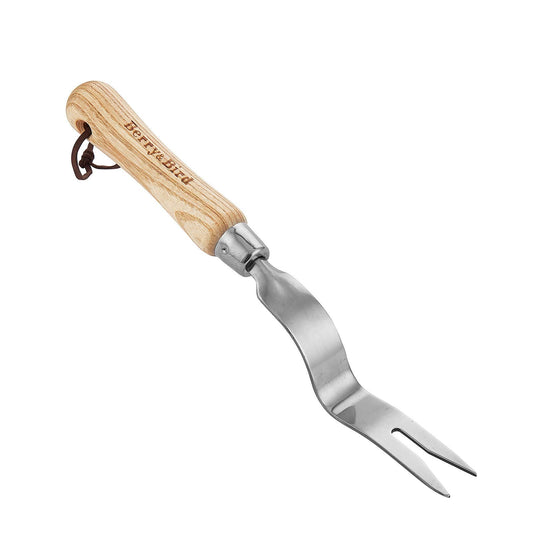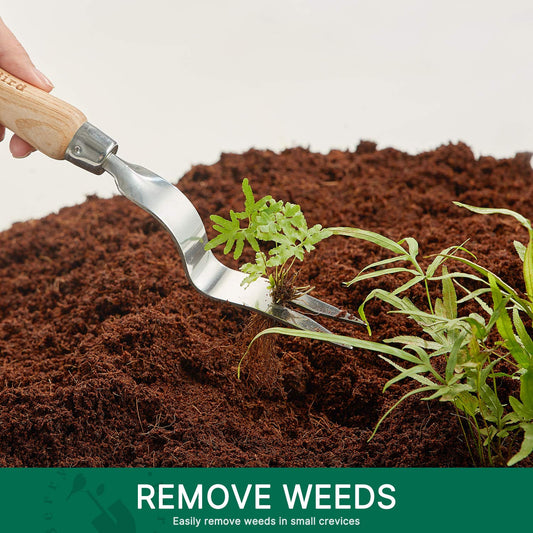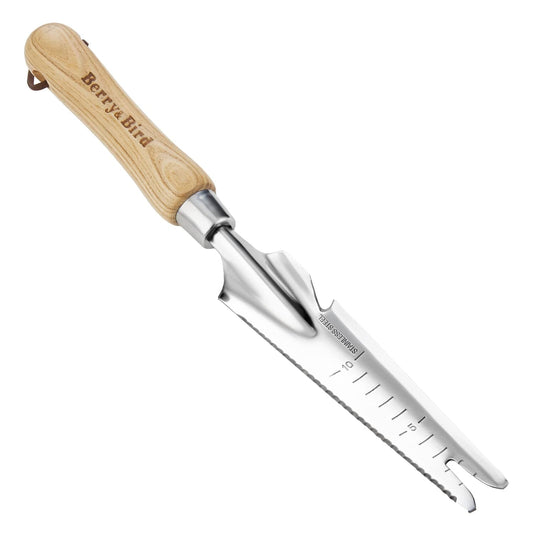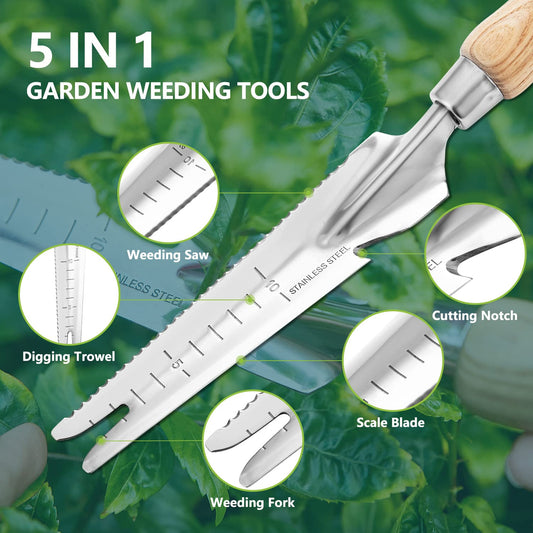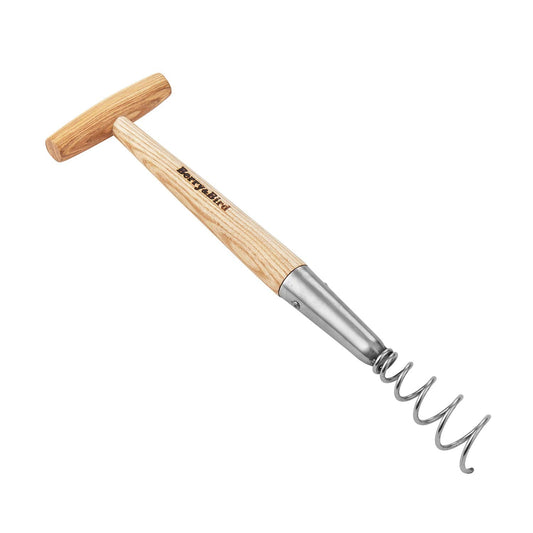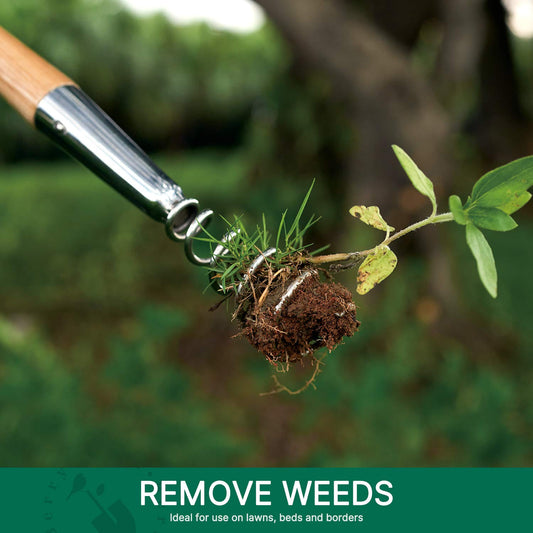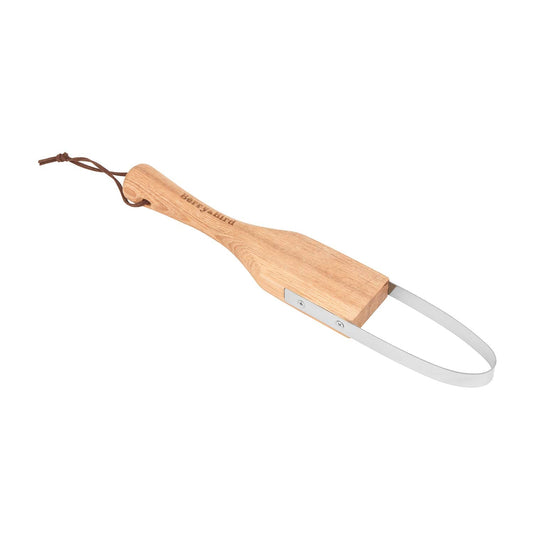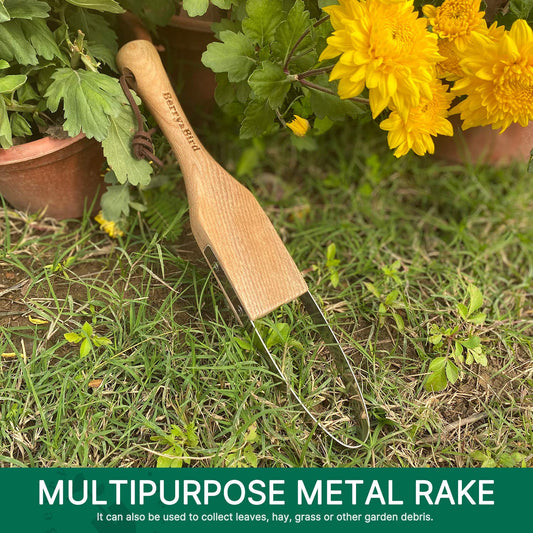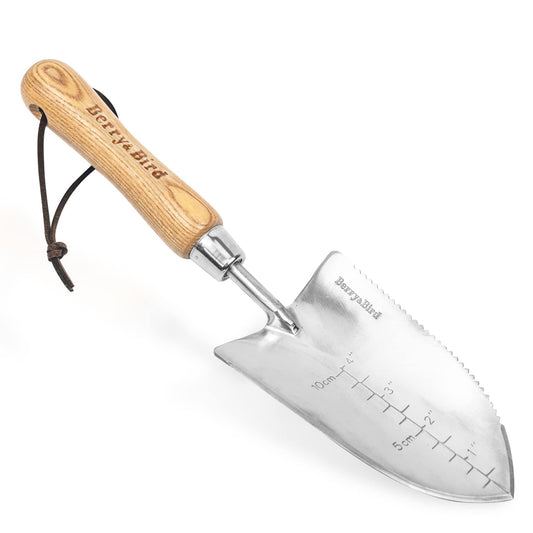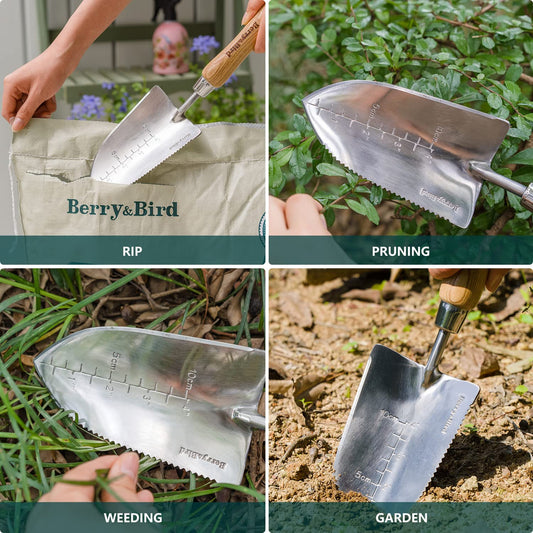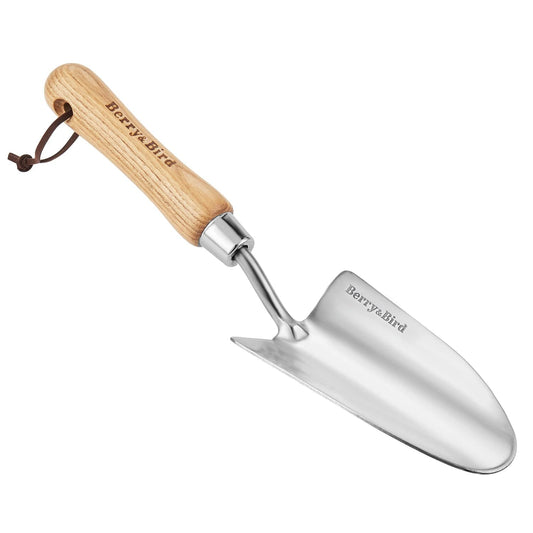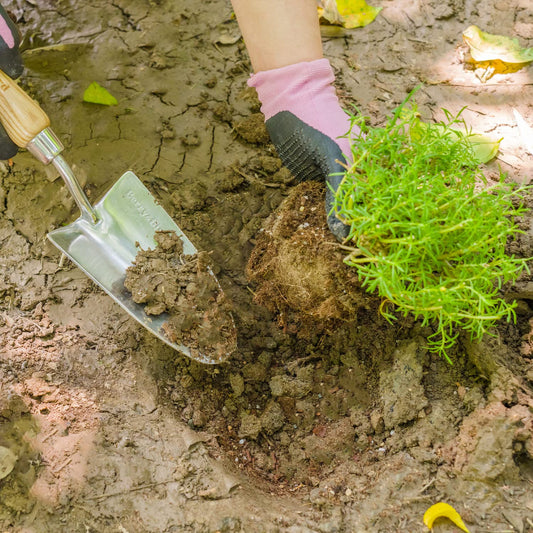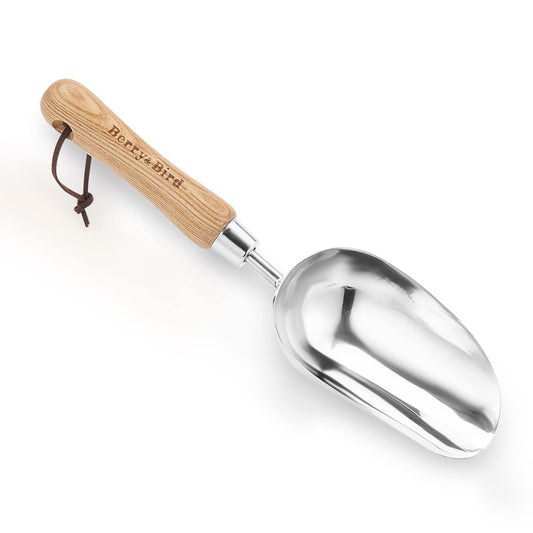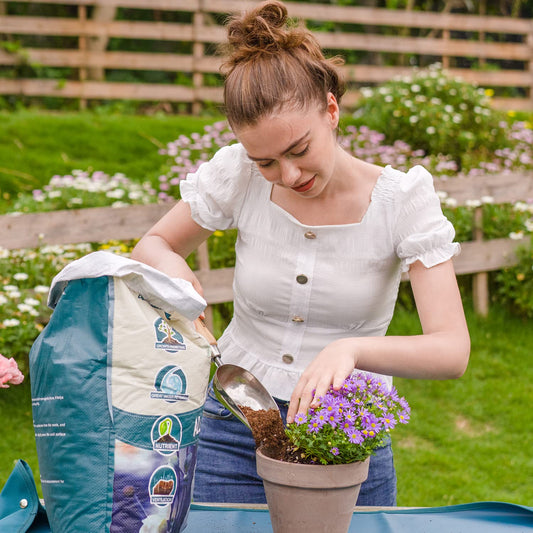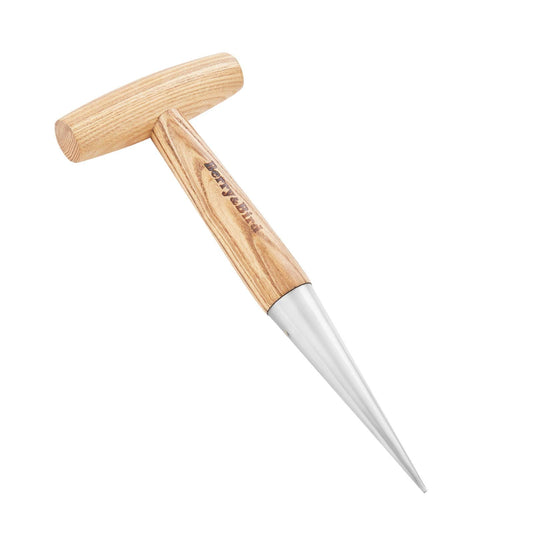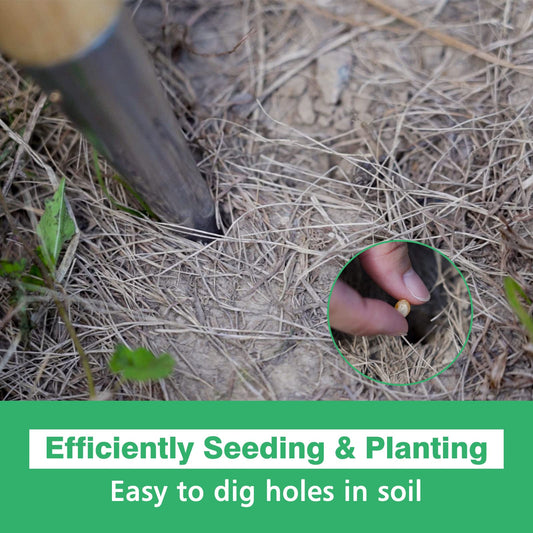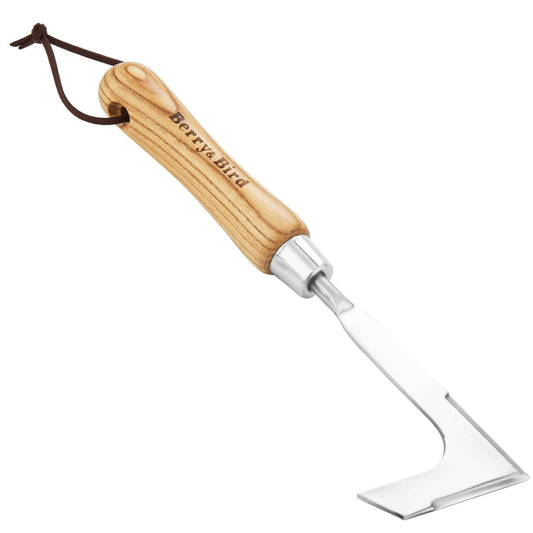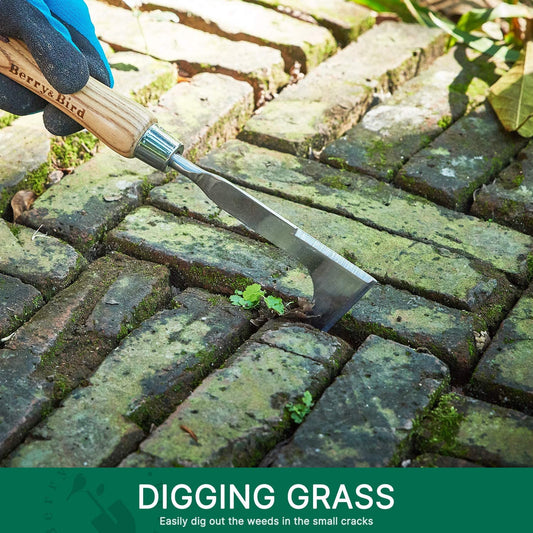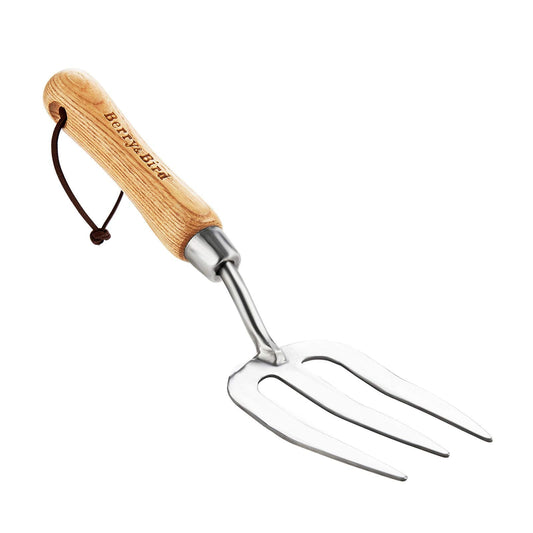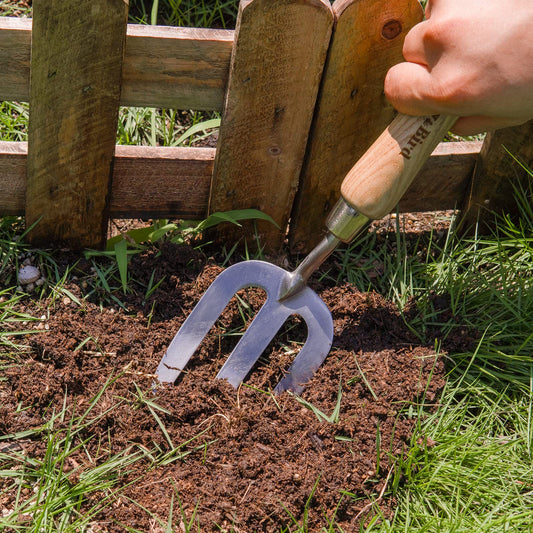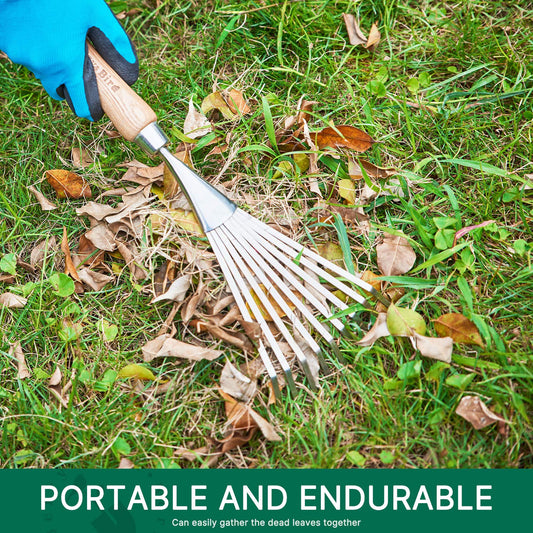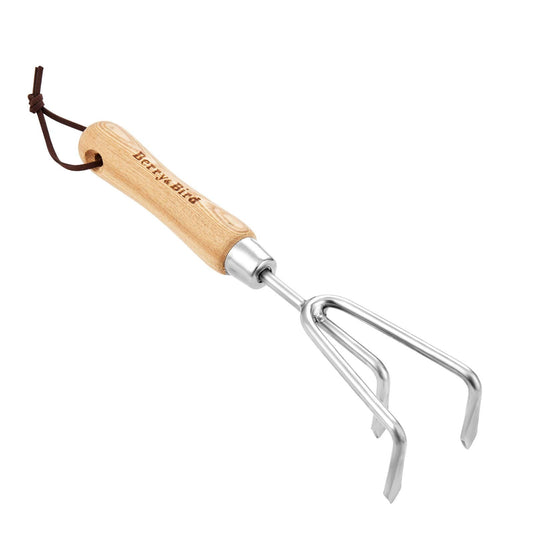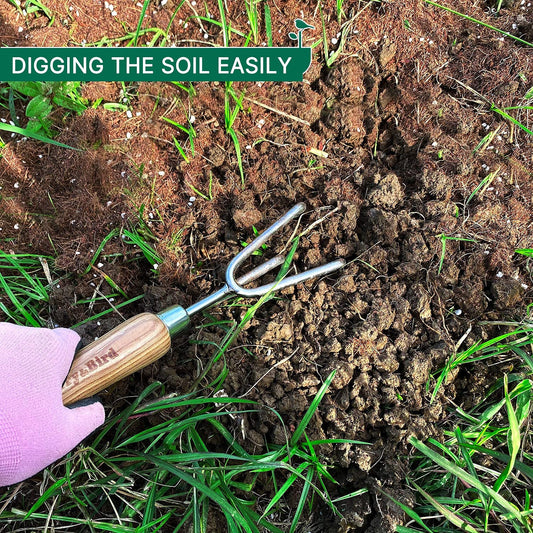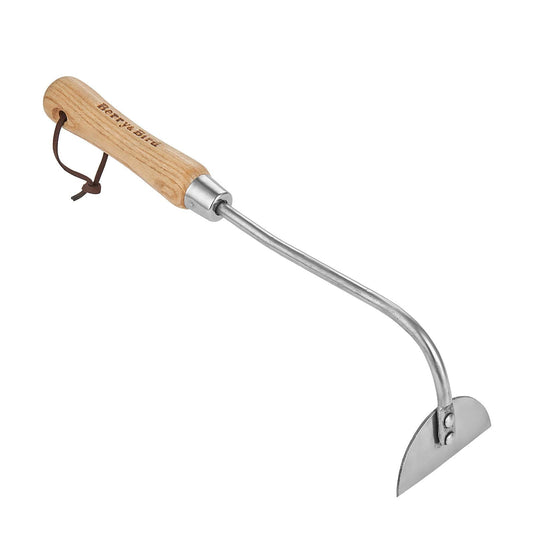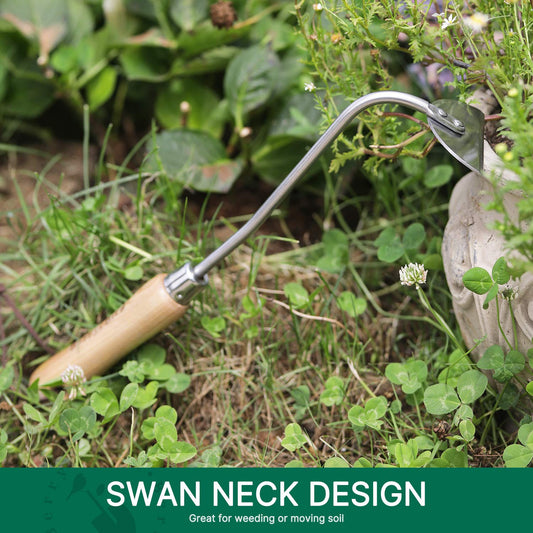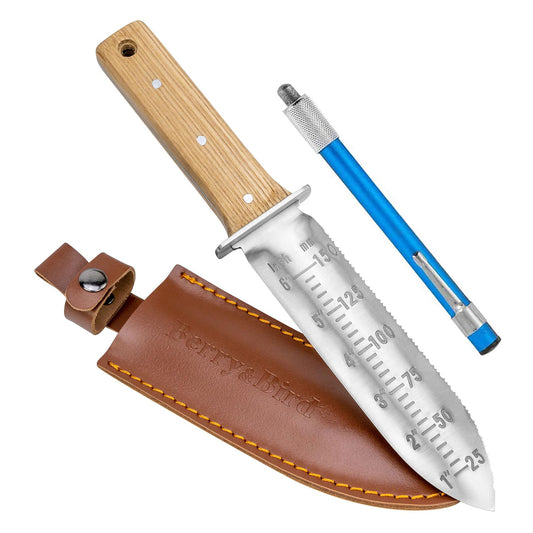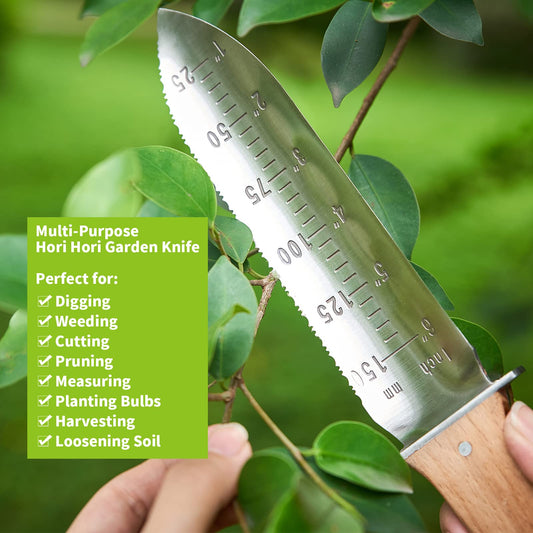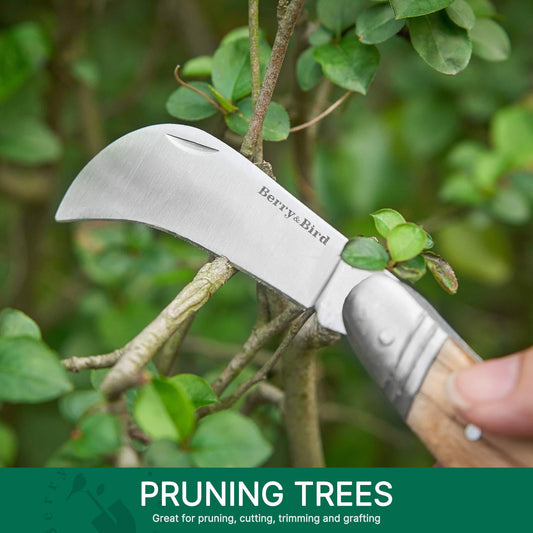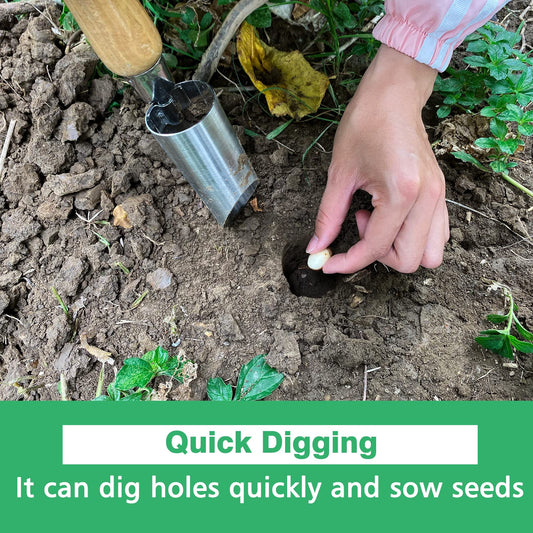Hand Tools
-
Garden Tools Hand Weeder Tool 12.1 inch with Wood Handle
Vendor:Berry&BirdRegular price $22.99 USDRegular priceUnit price / per$39.99 USDSale price $22.99 USDSale -
Garden Tools Weeding Tool Multifunctional Manual Weed Puller & Digging Knife
Vendor:Berry&BirdRegular price $21.99 USDRegular priceUnit price / per$39.99 USDSale price $21.99 USDSale -
Garden Tools Weed Puller with T Handle
Vendor:Berry&BirdRegular price $24.99 USDRegular priceUnit price / per -
Garden Weeding Scraper Tool 12.6 inch Loop Weeder
Vendor:Berry&BirdRegular price $21.99 USDRegular priceUnit price / per -
Garden Trowel Potting Serrated Planting Trowel with Wood Handle
Vendor:Berry&BirdRegular price $22.99 USDRegular priceUnit price / per$39.99 USDSale price $22.99 USDSale -
Garden Tools Hand Trowel 13.1 inch Stainless Steel Potting Soils Scoop with Wood Handle
Vendor:Berry&BirdRegular price $19.99 USDRegular priceUnit price / per -
Garden Tool Loose Soil Scoop 12.9 inch Stainless Steel Hand Shovel Spade with Wood Handle
Vendor:Berry&BirdRegular price $22.99 USDRegular priceUnit price / per -
Garden Dibber with Wood Handle
Vendor:Berry&BirdRegular price $22.99 USDRegular priceUnit price / per -
Garden Tools Manual Weed Wacker 11.2 inch Sickle Weeding
Vendor:Berry&BirdRegular price $20.99 USDRegular priceUnit price / per$39.99 USDSale price $20.99 USDSale -
Garden Tools Hand Fork 12.3 inch Stainless Steel Hand Weed Fork with Wood Handle
Vendor:Berry&BirdRegular price $22.99 USDRegular priceUnit price / per -
Garden Tools Grass Rake 14.7 inch Stainless Steel Grass Rake 9 Tines Fan Lawn Leaf with Wooden Handle
Vendor:Berry&BirdRegular price $26.99 USDRegular priceUnit price / per$39.99 USDSale price $26.99 USDSale -
Garden Tools Hand Cultivator 11.18 inch Handheld Triple Claw Hand Rake with Wooden Handle
Vendor:Berry&BirdRegular price $24.99 USDRegular priceUnit price / per$39.99 USDSale price $24.99 USDSale -
Garden Tools Hand Hoe with Short Wooden Handle
Vendor:Berry&BirdRegular price $21.99 USDRegular priceUnit price / per -
Garden Knife 7 inch Stainless Steel Serrated Blade with Leather Sheath and Sharpening Stone
Vendor:Berry&BirdRegular price $24.99 USDRegular priceUnit price / per$39.99 USDSale price $24.99 USDSale -
Gardening Folding Pocket Knife with Stainless Steel Blade
Vendor:Berry&BirdRegular price $22.99 USDRegular priceUnit price / per -
Garden Tools Stainless Steel Small Bulb Planter 12 inches with Wooden Handle
Vendor:Berry&BirdRegular price $22.99 USDRegular priceUnit price / per

